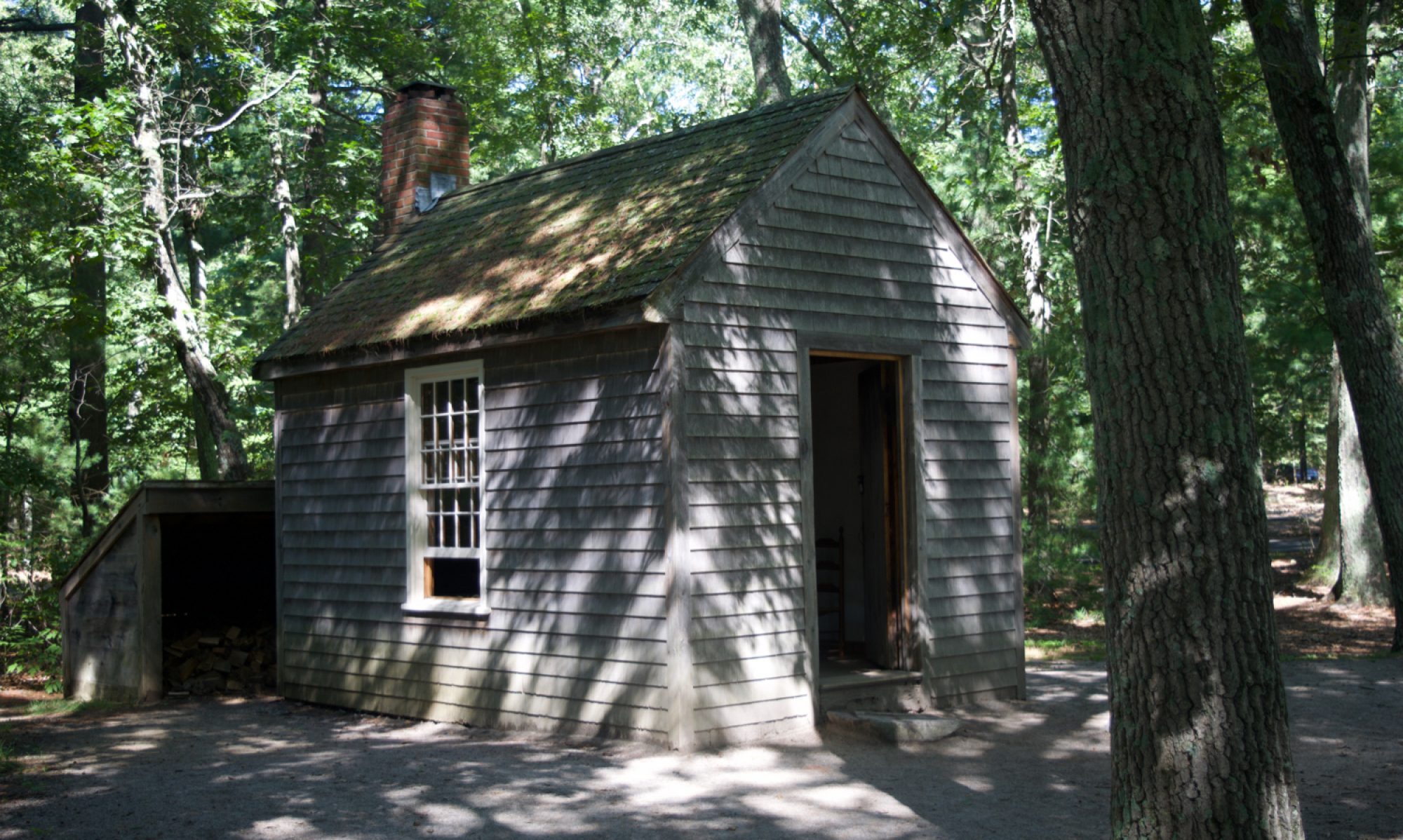I went to the Scottish Hutters Rally earlier this month, organised as part of Reforesting Scotland’s “Thousand Huts” campaign. They’ve now posted a report about the day which gives a flavour of the enthusiasm that was in the air at the event. Coming back to England afterwards and doing some digging around into the history of “hutting” here has prompted me to start this blog. I’m intending to record some of the things I’ve been finding out, and also post about wider topics related to small woodlands and forestry too.
The Rally started on a high with the newly published Scottish Planning Policy which explicitly mentions and defines huts:
Plans should set out a spatial strategy which … where appropriate, sets out policies and proposals for leisure accommodation, such as holiday units, caravans, and huts. … Hut: A simple building used intermittently as recreational accommodation (ie. not a principal residence); having an internal floor area of no more than 30m2; constructed from low impact materials; generally not connected to mains water, electricity or sewerage; and built in such a way that it is removable with little or no trace at the end of its life. Huts may be built singly or in groups.
That’s a pretty good definition of the kind of building a lot of people with small woodlands would like, but the hope in Scotland is now to persuade planning departments to allow that kind of low impact development on various types of land, both individually and in groups. Planning law and planning officials is a theme we’ll keep revisiting on this blog.
One of the themes of the Scottish hutting movement is community, and I think that is heavily influenced by the model of the Carbeth hutting community just north of Glasgow, which has about 150 huts on 90 acres. There was an organised trip out to Carbeth by coach on the afternoon and we were shown round by some of the hut owners and welcomed into their huts. It’s very hard to put into words what the huts were like: very individual and personal, and not the semi-manufactured environments that people’s houses often are now. It’s like the difference between a city street of long-established local shops, versus a street of multinational chains. Carbeth is a partially wooded site on a hillside, with conifer plantation on the higher ground, and from some of the early photographs in the 1920s it looks as if it was originally mostly open grazing land. Another theme we’ll be revisiting in this blog is the idea that hutting provides a motivation for creating and managing small woodlands.
I did notice a lot of concern at the Rally about tenancy issues, and reform of tenancy law is one of the issues mentioned in the report of the event. There did seem to be an implicit assumption in many of the talks and conversations that it’s not practical to buy land to hut on in Scotland due to the resistance of large landowers to splitting up their estates. I’m not sure how true this is though, as there do seem to be small parcels of woodland for sale, for example, in the same way they are in England and Wales. So it may well be practical for individuals or families to buy (the Scottish equivalent of) freehold land for hutting. However, for creating communities like Carbeth, some form of collective purchase of the land and then tenancy from the legal body created to hold the land would seem to be a good way forward, such as people in apartment buildings and New York style co-ops do.
For the future, a Scottish Hutters Federation is being formed to support people doing hutting, and to carry the campaign on.
